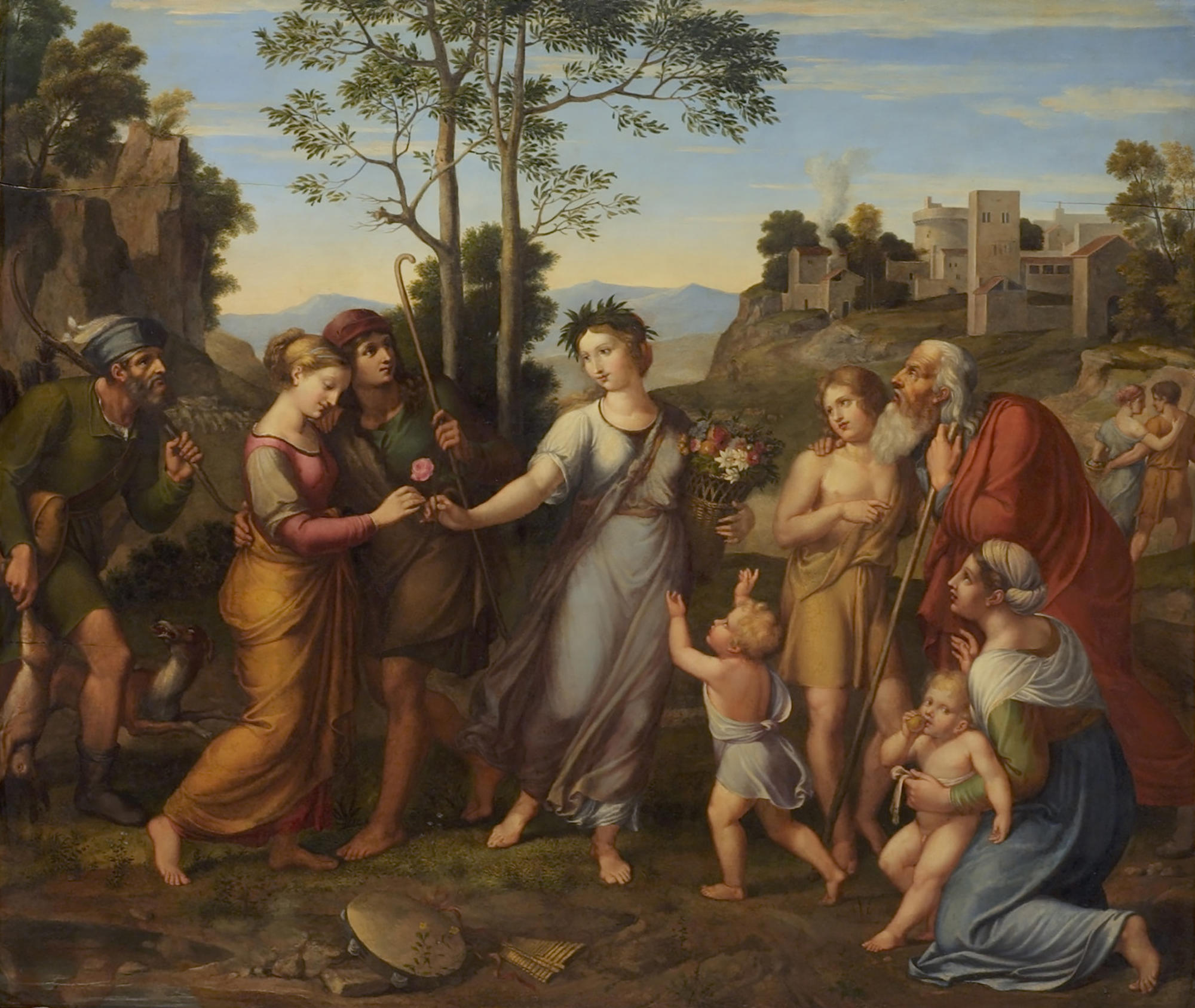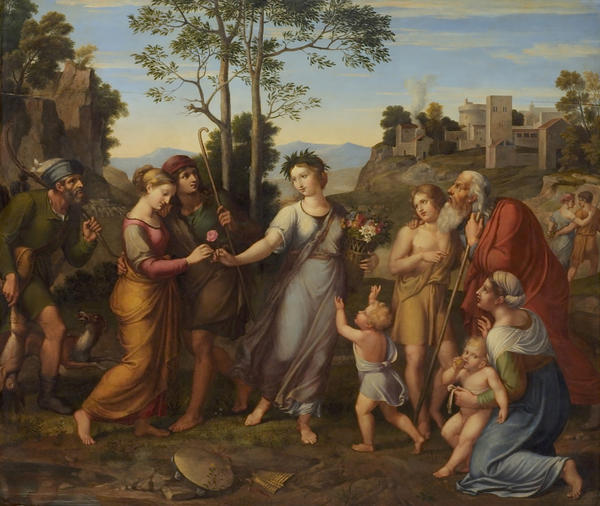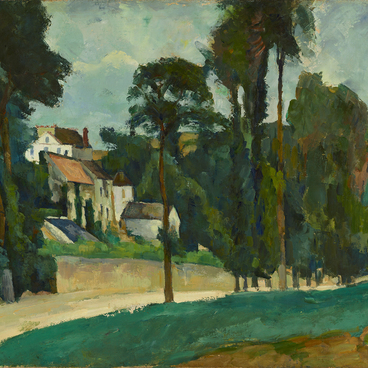Friedrich’s art influenced the development of the Nazarenes’ artistic views. The Nazarenes were German artists of the Saint Luca Brotherhood, who settled in Rome around 1810 and lived there as a monastic order. Inspired by themes from the history of Christianity and from modern literature, Nazarenes strove to update the language of classical art. They created paintings on religious themes, looking to Rafael, quattrocento art, and the German Renaissance as models. Their goal was the rebirth of religious moral principles and high art expressing the human spirit. Their paintings were often stylized in the spirit of the Renaissance. The Nazarenes also prompted the awakening of general interest in the Middle Ages, which was reflected in the German art of the first half of the 19th century.
Iohannes Riepenhausen began his creative career as an illustrator in Goettingen and then moved to Rome, where he converted to Catholicism. In Rome the artist was influenced by the Nazarenes. He created the painting The Girl from Foreign Land based on the theme of Friedrich Schiller’s poem about a mysterious girl from the south who appeared to poor shepherds in May.
All of the painting’s characters react spontaneously and simply to the appearance of the girl, representing nature’s sunrise. For Riepenhausen, this image also symbolized the favorable influence of Italy on the revival of German art.
Iohannes Riepenhausen began his creative career as an illustrator in Goettingen and then moved to Rome, where he converted to Catholicism. In Rome the artist was influenced by the Nazarenes. He created the painting The Girl from Foreign Land based on the theme of Friedrich Schiller’s poem about a mysterious girl from the south who appeared to poor shepherds in May.
All of the painting’s characters react spontaneously and simply to the appearance of the girl, representing nature’s sunrise. For Riepenhausen, this image also symbolized the favorable influence of Italy on the revival of German art.



